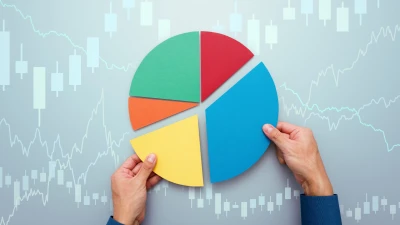Agribusiness falls further
The Australian agribusiness sector has delivered its third consecutive month of negative returns, shedding 8.8 per cent of its value over the past month.
Despite the continued decline, the outlook for the coming 12 months is positive, with returns forecast at 37 per cent. The sector also remained one of the market’s strongest performers year-on-year, reaping investor returns of 9.3 per cent and outperforming the broader S&P/ASX 200 index by over 20 per cent.
Commonwealth Bank agribusiness executive general manager Jon Sutton said the sector is now experiencing similar conditions to those that have been plaguing the S&P/ASX 200 recently and was starting to realign itself with the broader market.
“The broader market has been suffering from extreme levels of volatility for some time now and this has prevented a return to fundamentals. The [agribusiness] sector has followed a similar trend over the past few months and as a result has given up a lot of its gains,” he said.
“Volatility in the sector is currently higher than the broader market, but it isn’t as high as the financial, property and materials sector.”
According to Sutton, the sector is currently trading at a large discount to its underlying fundamentals.
“The [agribusiness] sector is currently very under-priced and this may give rise to potential buying opportunities. However, investors should proceed with caution given the elevated levels of volatility.”
Recommended for you
Compared to four years ago when the divide between boutique and large licensees were largely equal, adviser movements have seen this trend shift in light of new licensees commencing.
As ongoing market uncertainty sees advisers look beyond traditional equity exposure, Fidante has found adviser interest in small caps and emerging markets for portfolio returns has almost doubled since April.
CoreData has shared the top areas of demand for cryptocurrency advice but finds investors are seeking advisers who actively invest in the asset themselves.
With regulators ‘raising the bar’ on retirement planning, Lonsec Research and Ratings has urged advisers to place greater focus on sequencing and longevity risk as they navigate clients through the shifting landscape.










